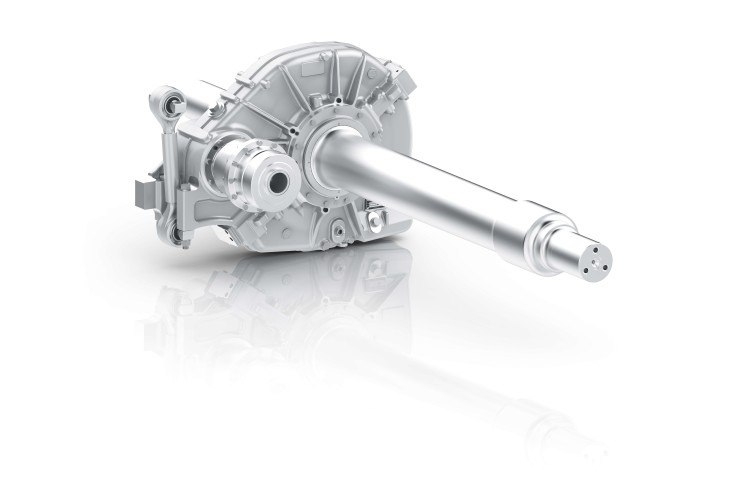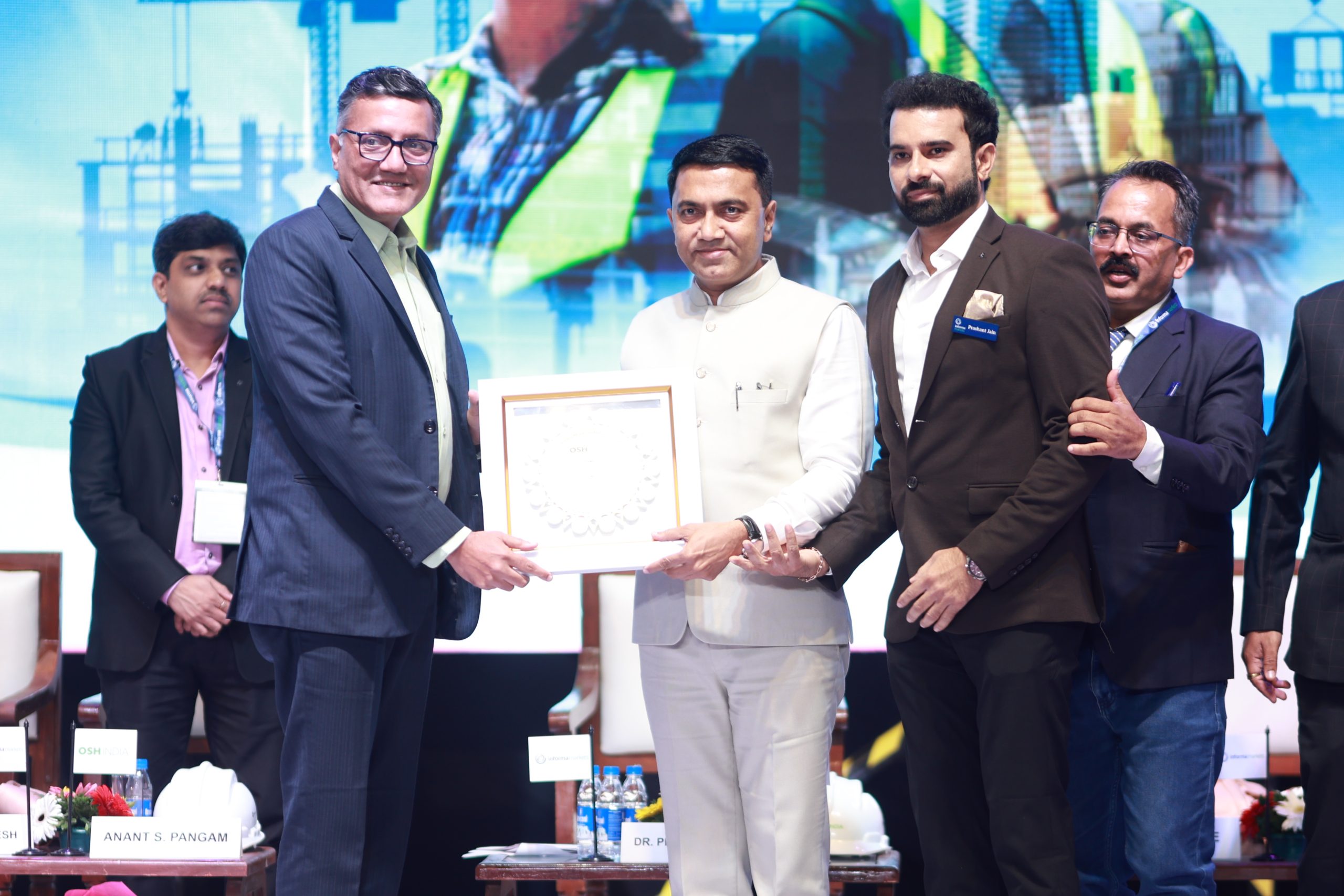Text: J Srikant
In the backdrop of India’s Mars Orbiter Mission successfully entering the red planet’s orbit, proving the country’s mettle in cost effective manufacturing, International Centre for Automotive Technology’s (ICAT) 4th Workshop on ‘HEV & EV – Opportunities, Challenges and Technology,’ focused on India’s way forward in the electric mobility segment and how important a role it can play in developing new solutions and implementing them efficiently.
The workshop started with speakers congratulating India on the rare feat of being successful in reaching the Mars orbit in the very first attempt and also the fact that the entire mission cost less than a Hollywood movie. They said that this could be a great beginning to the ‘Make in India’ pitch.
The 2-day workshop saw healthy participation from government officials, global technology experts and Indian companies who are working in the electric mobility field, and was aimed at creating awareness on the implementation of HEV and EV technology in the Indian market and the learning from global developments. The workshop was inaugurated by Nitin Gokarn, CEO, National Automotive Testing and R&D Infrastructure Project (NATRiP), Jonathon Eaton, CCO, Millbrook, UK and Sanjay Bandopadhyaya, Joint Secretary, Ministry of Road Transport & Highways, Government of India. Gokarn said that changes in this segment are happening and the transformation will happen in our lifetime itself. Talking about the hotly debated topic of subsidies for development in this segment he said, “Government can pump in money but only initially. The costs have to come down, which should be sustainable.”
Global Trends & Developments
The technical sessions started with a presentation from Jonathon Eaton showcasing the various testing facilities at Millbrook which range from benchmarking and engine test beds to production and launch of vehicles. He said that in the UK there has been a significant increase in the number of low-carbon vehicles in the last 2-3 years and there is development of technology for new low-carbon research. There is also a focus on hydrogen fuel cells alongside the HEV and EV technology. He added that all innovations in this space should be done keeping in mind the consumers.
The workshop also brought to the fore the importance of public transport system’s role in reducing the carbon emissions in future cities, through the presentation by Philip Jose, Asst. General Manager, Tata Motors, titled ‘Efficient Public Transportation for Sustainable Cities.’ According to him, the Hub-and-Spoke model for public transportation using highly efficient hybrid/electric buses and electric small passenger carriers can be a good option. He emphasised that the current state of technology is mature enough for hybrid buses and small commercial vehicles, the critical challenge being the low volumes that have kept the prices high. He pointed out that indigenous capability and localisation of key components will be a major factor for the auto components industry.
The session also had a presentation from Raimund Ellinger, Manager, Hybrid and System Design at AVL on ‘The Core of Hybrid’ which focused on harvesting of energy by recuperation and optimised control of available propulsion sources.
Simulation Technologies for HEV & EV Development
One of the key ideas discussed across various technical sessions was the importance of model-based design and simulation in the development of electric vehicles. Speakers from leading institutes like Mathworks, ETAS and ANSYS spoke about the numerous applications of simulation throughout the development process of an EV and the advantages therein. It was opined that model-based design helps in reducing time of development, number of iterations and the overall cost.
Battery Technology Development and System Management
The biggest bottleneck that developments of EVs face today is battery technology. Experts said that this part of EV development is not progressing as fast as it should, especially in India where minimal R&D is happening. Gokarn pointed out that government is mindful of this fact and is looking to set things right. He pointed out that under the National Electric Mission it has been proposed to set up a Centre for Battery Technology to make India a major player in battery technology development for HEVs and EVs.
Experts suggested that India is uniquely placed to do groundbreaking innovations in battery technology. Given the country’s long-prevalent power woes, the power bank industry with UPS and inverters has blossomed with numerous players now active in this space. Although most of the work has happened in lead-acid technology, the technical know-how could be leveraged for developing lithium-ion batteries as well, which are much more suited to electric mobility. This would enable local manufacturing of batteries, which would help India become self-reliant and reduce the import bill as and when the move to EVs and HEVs happen.
The next major shift that could happen in battery technology is the adoption of 48V systems for HEV and EV applications. 48V is the minimum voltage for optimal recuperation from the lithium-ion battery. Dr Eddie Wearing of Ricardo, UK in his presentation, ‘48V Power Systems: Cutting emissions & Boosting Power’ emphasised that automotive Industry is revisiting sub-60V ‘micro-hybrids’ to cut the cost of hybridisation & electrification, raising fuel economy beyond ‘stop-start’. According to him, 48V subnets will appear in the medium term, with full 48V systems appearing in the next decade. This technology could see Europe leading the way, followed by China. The prospects for 48V systems is good in India too as they could be a cost effective means to achieve probable future Euro 5 emissions, which are likely by 2021.
Benjamin Schoening, Senior System Architect at HellaGaAHueck& Co discussed various ways to manage the battery system with scaling approaches for different application areas through his presentation ‘Scalable and cost-efficient architecture for lithium-ion battery management system.’
The workshop also saw 2 informative panel discussions on ‘Global Consumer Responses to Hybrid and Electric Vehicles’ and ‘Infrastructural and Developmental Challenges for HEVs and EVs’. The first panel discussion focused on the feasibility of HEV and EV in the near future given the high cost and low demand from consumers. Panelists opined that the best way to bring down the cost of these machines is by increasing the sales volume, for which the manufacturers should keep in mind the requirements and expectations of the people.
The workshop concluded with a panel discussion on infrastructural issues, which is the other bottleneck in adoption of HEVs and EVs. It was opined that there is a need for India-specific solutions and merely copy-pasting the solutions available in other countries will not prove fruitful. It was pointed out that the raw material for lithium-ion battery, which is the most common choice for HEV and EV, is not available in India. Even the climate in India, where temperatures are much higher than 35 degrees C, the optimal temperature for lithium-ion batteries, is not suitable. Therefore, different battery chemistry needs to be developed that is better suited to Indian conditions. ACI












Leave a Reply